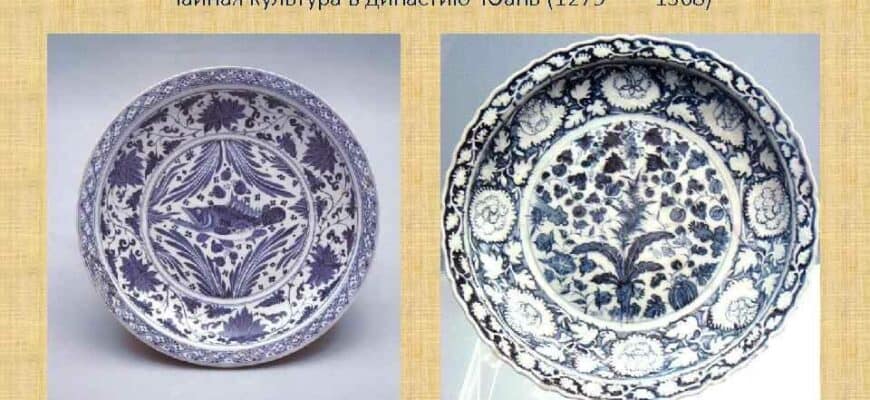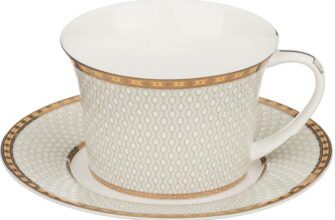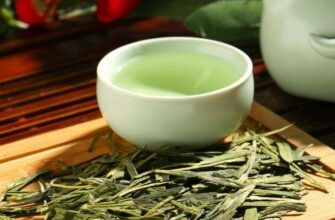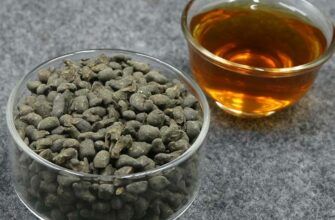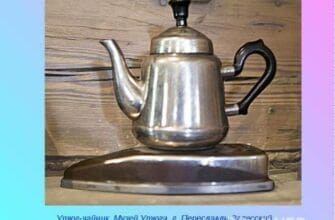In the Ming Dynasty, almost nothing changed in the tea ceremony, except for the beginning of the production of pressed and loose tea. However, in the later Ming Dynasty, the tea ceremony underwent a more dramatic change than during the Song and Yan Dynasties. This was reflected in new types of tea, the predominant use of leaf tea, great attention to tea accessories and the emergence of the “art” of tea drinking.
Invention of new types of tea
The founder of the Ming Dynasty, Emperor Taizu Zu Yan Zhang, was born into a low-class family, experienced all the destructive policies of the Yang Dynasty and the suffering of people. He knew that the invention of pressed tea required a lot of effort from tea manufacturers, and he promoted the idea of making loose tea in order to dislodge pressed tea from the market. This influenced and changed many established methods of tea making.
Speaking of new manufacturing methods, the roasting procedure began to evolve and change, and the number of different steaming methods increased. In addition, aspects such as tea garden management, collecting teas and improving their botanical characteristics underwent significant changes and developed very strongly during this time.
By changing the process of making tea, the production of loose leaf tea has increased. During the Song Dynasty, there were only a few types of loose tea, of which historical records have been preserved, and during the Ming Dynasty, in the Shivu-ganzhu book written by Huang Yizhen, already 97 types of tea were recorded, and more were just loose varieties. Moreover, according to studies of existing literature, today's green and black teas appeared during the Ming Dynasty.
Loose tea makes tea drinking easier
Due to the influence of Emperor Tatsu of the Ming Dynasty, Zhu Yangzhang, the process of consuming loose leaf tea, became the dominant way of drinking tea. In "Zhangwu-zhi" written by Wen Zhenheng, the main idea was that the tea ceremony should be as simple as possible so that people can enjoy the real taste of tea.
In addition, according to historical sources, during the Ming, the so-called Long-cha (drowning tea) was invented, a method for brewing loose tea, from which “xi-cha” (tea washing) was then formed, a method in which tea is washed with hot water before brewing to get rid of impurities and the cold temperature inherent in dry tea. Only after that the tea was brewed. Tea brewed in this way was more refined and even today many people brew tea in this way.
The prevalence of loose leaf tea has led to the establishment of the tea rinsing method as the main one. In addition, the brewing methods of the Tang and Song dynasties were not more suitable and were soon abandoned. The culture of drinking loose tea has spread greatly. According to the study, the brewing styles used during the Song era became obsolete. This is due to the fact that the brewing of pressed tea required the use of many different additional steps and tools. Since pressed tea has become forgotten, the tea ceremony has become simpler and more understandable.
The Beauty of Ming Dynasty Tea Tools
The literate sages of the Ming Dynasty began to develop the art of tea drinking. Especially during the late Ming Dynasty, tea became a "playground" for literate and academics. Many of them appreciated the beauty of tea utensils and believed that they would help them achieve spiritual satisfaction while tasting tea.
During the Ming Dynasty, the "lunch" culture made the teapot a more widely used item. Also, the cup has changed from being made of black-glazed porcelain to a cup also made of porcelain, but covered with white or blue glaze. In such a cup, the color of the tea broth was better visible.
With the advent of famous teapots and their promotion by famous literate people, the art of making purple clay teapots has become widely known. It even turned out that such teapots can cost more than teapots made of pure gold.
The Ming Dynasty people liked clay small teapots. They "not only retained the taste and aroma and did not add additional flavors, but also could amuse tea tasters." People liked not only the naturalness of the resulting tea drink, but also the beauty of the teapot itself. Since the establishment of the tea-making process of the Tang and Song times, the choice of tea utensils directly began to depend on the type of tea. Until the Ming Dynasty, tea utensils served only the functions for which they were made and did not fulfill a spiritual function.
Read more: